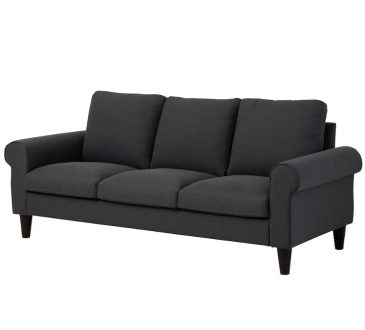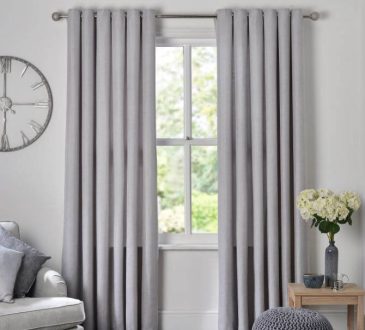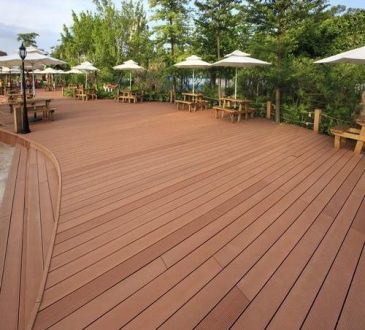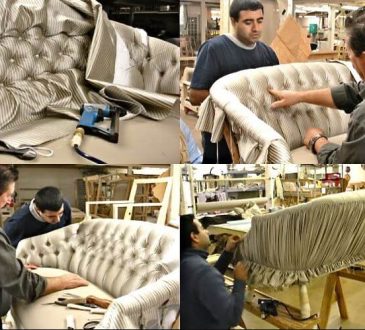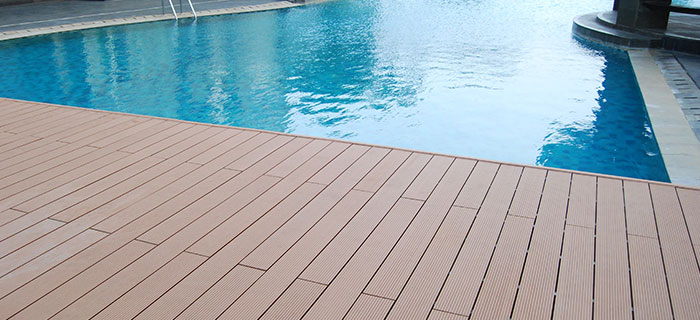
When it comes to modern flooring options, homeowners and designers are increasingly turning to durable and stylish solutions that combine functionality with aesthetics. Among the most popular choices are WPC (Wood Plastic Composite) flooring, laminate flooring, and vinyl flooring. Each option has its unique benefits, making it essential to understand their differences to choose the perfect flooring for your space. In this guide, we’ll compare WPC flooring, laminate, and vinyl to help you make an informed decision.
What is WPC Flooring?
WPC flooring is a revolutionary material made by combining wood fibers and plastic polymers. This combination creates a durable, waterproof, and environmentally friendly flooring solution that mimics the look and feel of real wood. WPC boards typically feature a core layer, a decorative film layer, and a protective wear layer, providing strength, aesthetic appeal, and long-term protection against scratches and stains.
Key features of WPC flooring include:
- 100% waterproof and resistant to moisture
- Highly durable with a strong core
- Eco-friendly due to recycled materials
- Easy to install with click-lock systems
- Low maintenance compared to traditional wood flooring
Thanks to these features, WPC flooring has become a top choice for kitchens, bathrooms, and living areas, where moisture and foot traffic are major considerations.
Understanding Laminate Flooring
Laminate flooring has been a popular choice for years, offering the appearance of natural wood at a fraction of the cost. Laminate is made of high-density fiberboard (HDF) topped with a photographic layer that mimics wood, stone, or tile, protected by a clear wear layer.
Some advantages of laminate flooring are:
- Affordable and cost-effective
- Wide variety of styles and finishes
- Scratch and dent-resistant surface
- Quick and simple installation
However, laminate flooring is susceptible to moisture, meaning it’s not ideal for areas like bathrooms or basements unless it comes with water-resistant technology. Over time, water damage can cause the boards to swell or warp, limiting their lifespan compared to WPC.
Vinyl Flooring Explained
Vinyl flooring is a synthetic material known for its flexibility, water resistance, and affordability. Available in sheets, tiles, or planks, vinyl can replicate the look of wood, stone, or ceramic with high accuracy. Modern luxury vinyl tiles (LVT) have gained popularity due to their realistic textures and durable wear layers.
Advantages of vinyl flooring include:
- Fully waterproof, ideal for wet areas
- Highly durable and resistant to scratches
- Comfortable underfoot due to its soft surface
- Low maintenance and easy cleaning
While vinyl is excellent for moisture-prone areas, it can sometimes feel less luxurious or “authentic” compared to WPC or laminate wood finishes. Additionally, some low-quality vinyl products may fade or tear over time.
WPC Flooring vs Laminate: Key Differences
| Feature | WPC Flooring | Laminate Flooring |
| Water Resistance | 100% waterproof | Not fully waterproof (water-resistant variants available) |
| Core Material | Composite of wood & plastic | High-density fiberboard |
| Durability | Highly durable & long-lasting | Durable, but susceptible to moisture damage |
| Comfort | Softer underfoot due to plastic core | Harder, less forgiving on feet |
| Installation | Click-lock, easy DIY | Click-lock or glue-down, moderately easy |
| Maintenance | Low maintenance | Low maintenance, but requires dry cleaning |
Verdict: If moisture resistance and longevity are priorities, WPC is the superior choice. Laminate remains a budget-friendly alternative with good aesthetics for dry areas.
WPC Flooring vs Vinyl: Key Differences
| Feature | WPC Flooring | Vinyl Flooring |
| Realistic Wood Look | Highly authentic wood-like textures | Good imitation, especially LVT |
| Water Resistance | 100% waterproof | Fully waterproof |
| Durability | Highly durable, resistant to dents & scratches | Durable, but softer than WPC; may tear under heavy use |
| Eco-Friendliness | Made from recycled materials | Mostly synthetic; less eco-friendly |
| Comfort | Softer underfoot | Slightly cushioned but thinner feel |
Verdict: Both WPC and vinyl are excellent for wet areas, but WPC offers a more natural wood feel and eco-friendliness, making it ideal for homeowners seeking premium aesthetics with durability.
Which Flooring Option Should You Choose?
Choosing the right flooring depends on your lifestyle, budget, and room requirements:
- Choose WPC flooring if you want a durable, waterproof, and authentic wood look suitable for kitchens, bathrooms, and high-traffic living areas. Its eco-friendly composition makes it perfect for sustainable interiors.
- Choose laminate flooring if your budget is tight, and you are installing flooring in dry areas like bedrooms or living rooms. Laminate offers good aesthetics and scratch resistance at a lower price.
- Choose vinyl flooring if you need a fully waterproof solution for bathrooms, laundry rooms, or basements and want a comfortable underfoot feel at a relatively low cost.
Final Thoughts
When it comes to modern flooring solutions, WPC flooring Abu Dhabi stands out for its waterproof core, durability, and natural wood aesthetics, making it a versatile choice for most areas in your home. Laminate and vinyl each have their strengths, but WPC flooring combines the best of both worlds: style and functionality. By evaluating your space, usage, and budget, you can select a flooring option that not only elevates your interior design but also lasts for years to come.
Investing in the right flooring is more than a style choice—it’s a long-term decision that affects comfort, maintenance, and overall home value. WPC flooring, with its advanced technology and elegant finish, continues to redefine what homeowners can expect from modern, sustainable flooring solutions.

